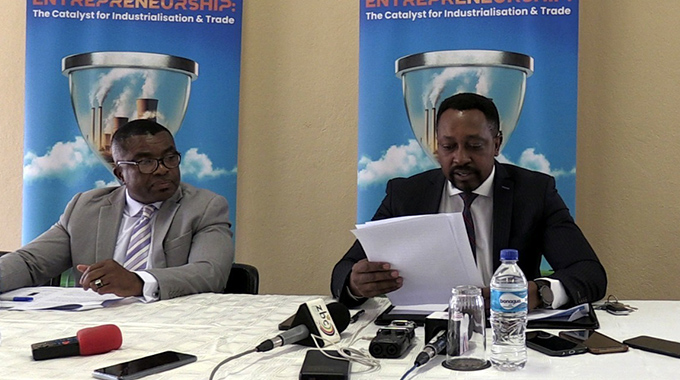Renaissance abused depositors’ funds: RBZ
with depositors’ funds.
A report by the Reserve Bank of Zimbabwe alleges the illegal activities were conducted through a “special purpose vehicle”, Renaissance Trading.
The company is understood to be owned by Mr Patterson Timba and Mr Duncan Kundishora, the major shareholders of Renaissance Financial Holdings Limited which owns 100 percent of the bank.
The probe revealed the company did not have approval from the Reserve Bank to conduct such business.
This was in contravention of clause 2.2 of Guideline No. 1-2007/BSD – Special Purpose Vehicle, Securitisation and Structured Finance which stipulates that any bank willing to venture into a scheme involving SPVs in structures finance must seek approval from the RBZ.
The investigation further established that the board had ratified management’s proposal to allocate 12,5 percent of RMB deposits to the SPV.
“The SPV was used to enable the bank to engage in non-permissible activities in violation of Section 34 (2a) of the Banking Act (Chapter 24:20). It stipulates that no banking institution shall engage, on its own account, in any business or activity other than approved banking business, without approval,” said the report.
In 2005, the central bank closed a number of financial institutions, which were conducting non-core business in violation of banking regulations.
The central bank moved in to investigate the affairs of RMB to ascertain its financial status, including profitability, liquidity and insolvency.
The apex bank also wanted to investigate the extent of inter-party related lending, intra-group indebtedness and abuse of office by directors and also to validate the gross abuse of depositors’ funds.
The findings were centred on under-capitalisation, lopsided shareholding structures, and corporate governance deficiencies.
Since 2009, RMB has been facing serious challenges and has been making losses since dollarisation. As at December 31, last year, the bank reported core capital of about US$4,43 million, significantly lower than the prescribed minimum capital requirement of US$10 million for merchant banks.
RMB has also a negative capital base of US$16,6 million. Given the capital deficit, the bank requires at least US$26,6 million to meet minimum capital requirement for the merchant bank.
Since 2009, the Renaissance capital has continuously been eroded as a result of losses emanating from non-performing insider loans.
As at May 9 this year, the bank had unsettled client payments of US$11,1 million.










Comments